What are the new weeds on my doorstep?
Published on 03 May 2024
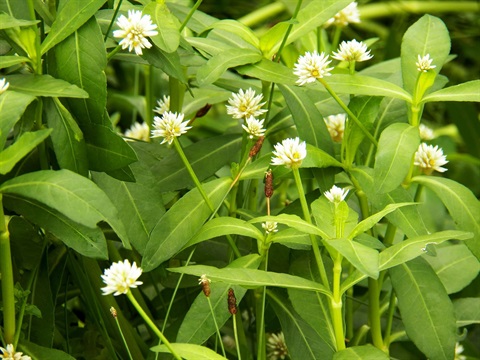
The introduction of the Biosecurity Act 2015 has changed the way in which many weeds are managed in NSW and it focuses the use of regulatory tools on high impact weeds which are in their early stages of invasion. For these new weeds, because they are in such low numbers within the state or within a region, it is considered technically feasible to eradicate, or at least contain them. Furthermore, the Biosecurity Act 2015 gives Council the tools, and in many cases requires Council, to enforce the control of these weeds.
Snowy Monaro Regional Council, as the Local Control Authority in the Snowy Monaro region, is the agency primarily responsible for managing these weeds. But we’re often asked, what are the new weeds that have now taken precedence over serrated tussock, African lovegrass and blackberry? This article details some of the new and emerging weeds within our region and those which are on our doorstep that should be closely monitored and reported to Council if someone suspects their presence.
Orange hawkweed (Pilosella aurantiaca)
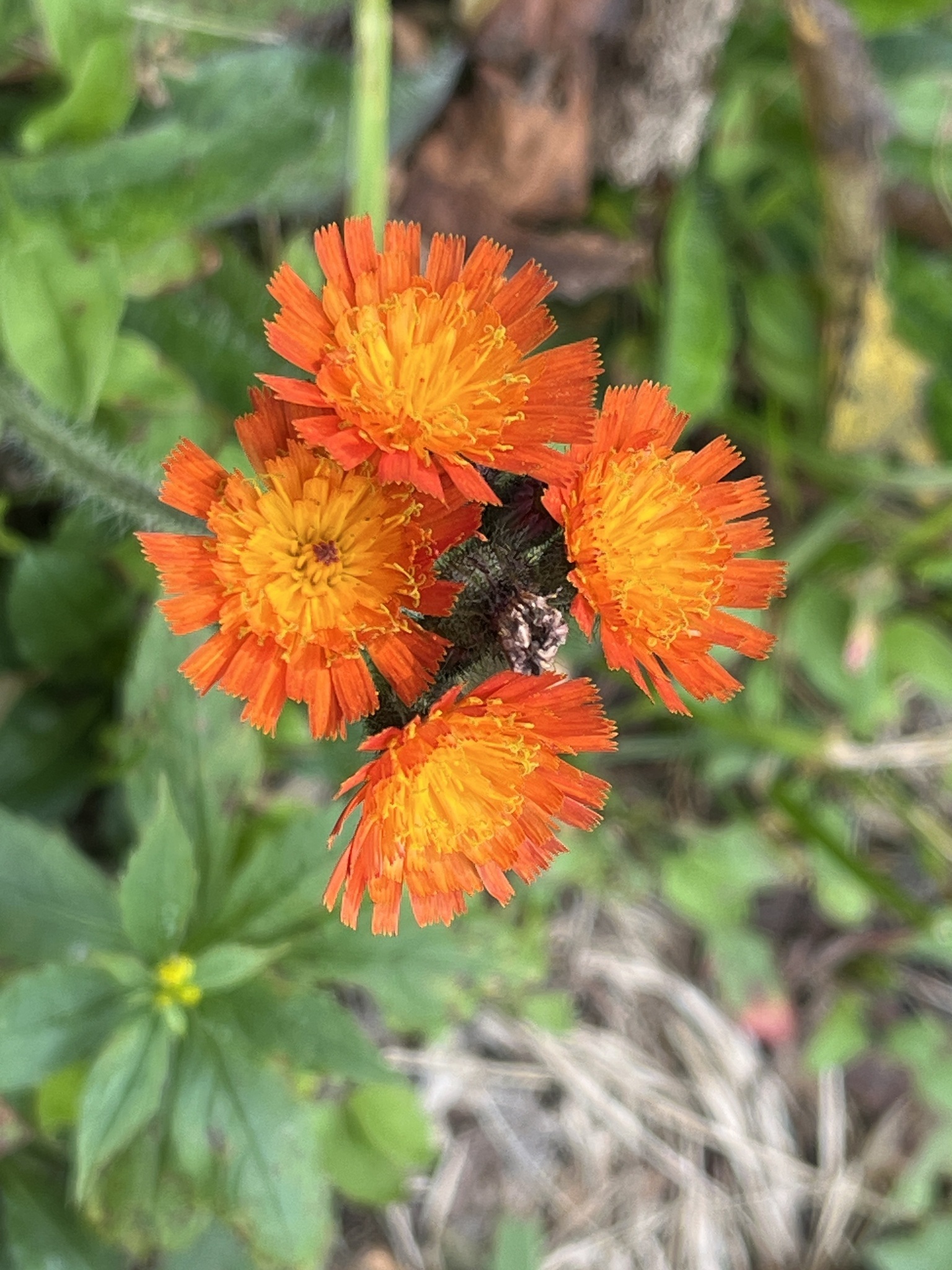
This highly invasive weed has allelopathic qualities which enables it to quickly outcompete beneficial plants and form a monoculture. The only known infestations of orange hawkweed within the state of NSW are situated within Kosciuszko National Park to the west of Snowy Plains and in some isolated pockets on private land at Snowy Plains.
Drone surveillance identified several new sites during 2023-24. Immediate and persistent surveillance and control efforts have been implemented by Council, NSW National Parks and Wildlife Service and private landowners to ensure the best possible chance of eradication.
Mouse-ear hawkweed (Pilosella officinarum)

Like orange hawkweed, this is an extremely invasive perennial herb and has become a major weed in New Zealand, Canada and the USA. The only known occurrence of mouse-ear hawkweed in NSW is on the main range near Mt Kosciuszko. Both hawkweeds are Prohibited Matter within NSW and are subject to statewide eradication programs.
Mouse-ear hawkweed has a very limited distribution on the main range and its eradication is highly likely thanks to the persistent efforts of NPWS staff, sniffer dogs and the many volunteers and agencies involved in the eradication program. Only 64 plants have been found to date in 2023-24.
Silver leaf nightshade (Solanum elaeagnifolium)
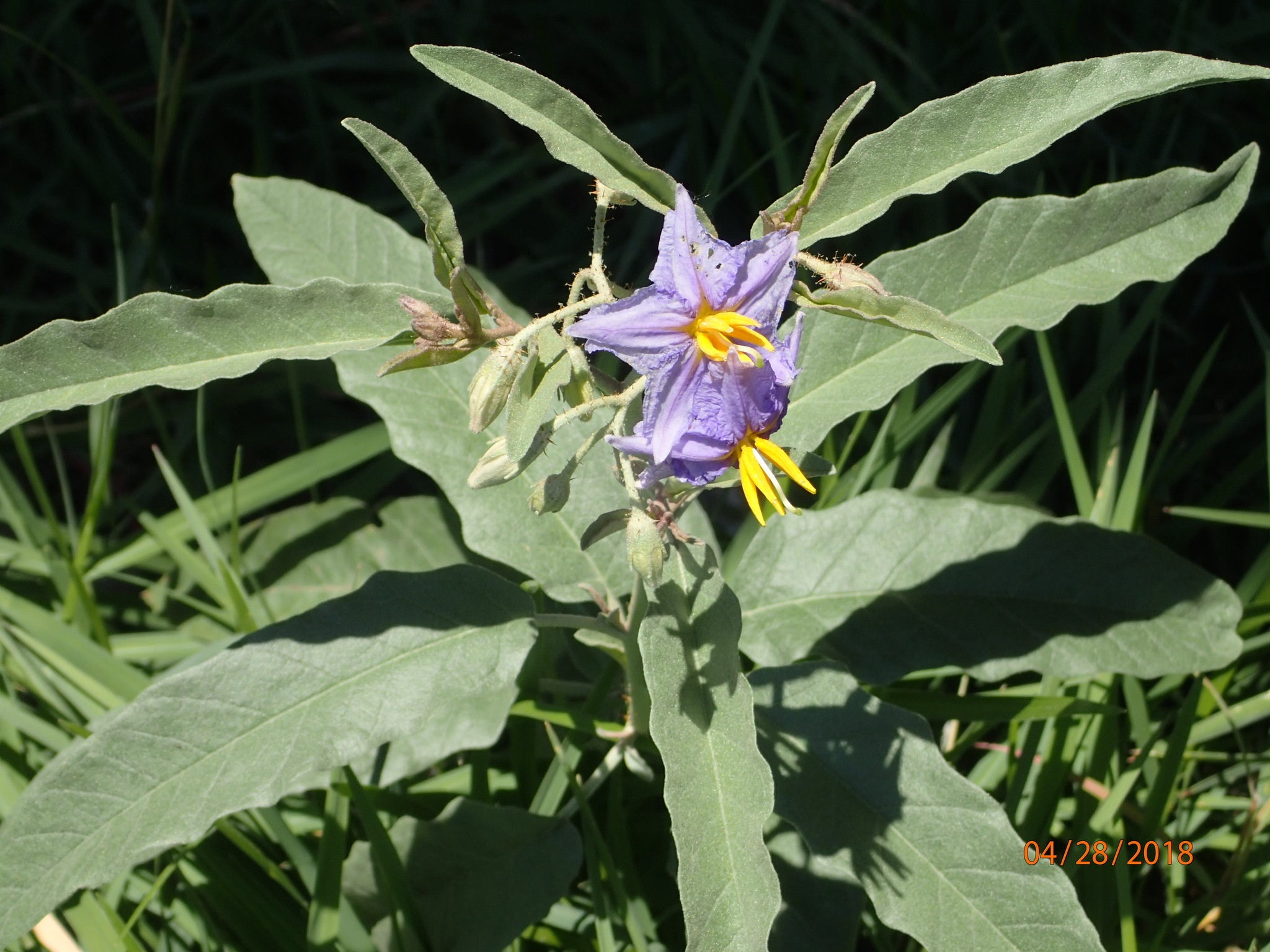
Silver leaf nightshade significantly reduces pasture growth and crop yields. It can be toxic to livestock and is very difficult to control, having a root system that penetrates 2m to 5m in depth. Silver leaf nightshade has previously been detected on a property near Cooma, where it is thought to have been introduced with fodder.
Silver leaf nightshade is known to occur extensively to the west of the dividing range; however very few sites are known to occur within the south east region of NSW and no other infestations are currently known to exist in the Snowy Monaro region. For this reason, the South East Regional Strategic Weed Management Plan 2023-27 identifies silver leaf nightshade as a weed which should be aggressively managed with an eradication objective.
Parthenium weed (Parthenium hysterophorus)
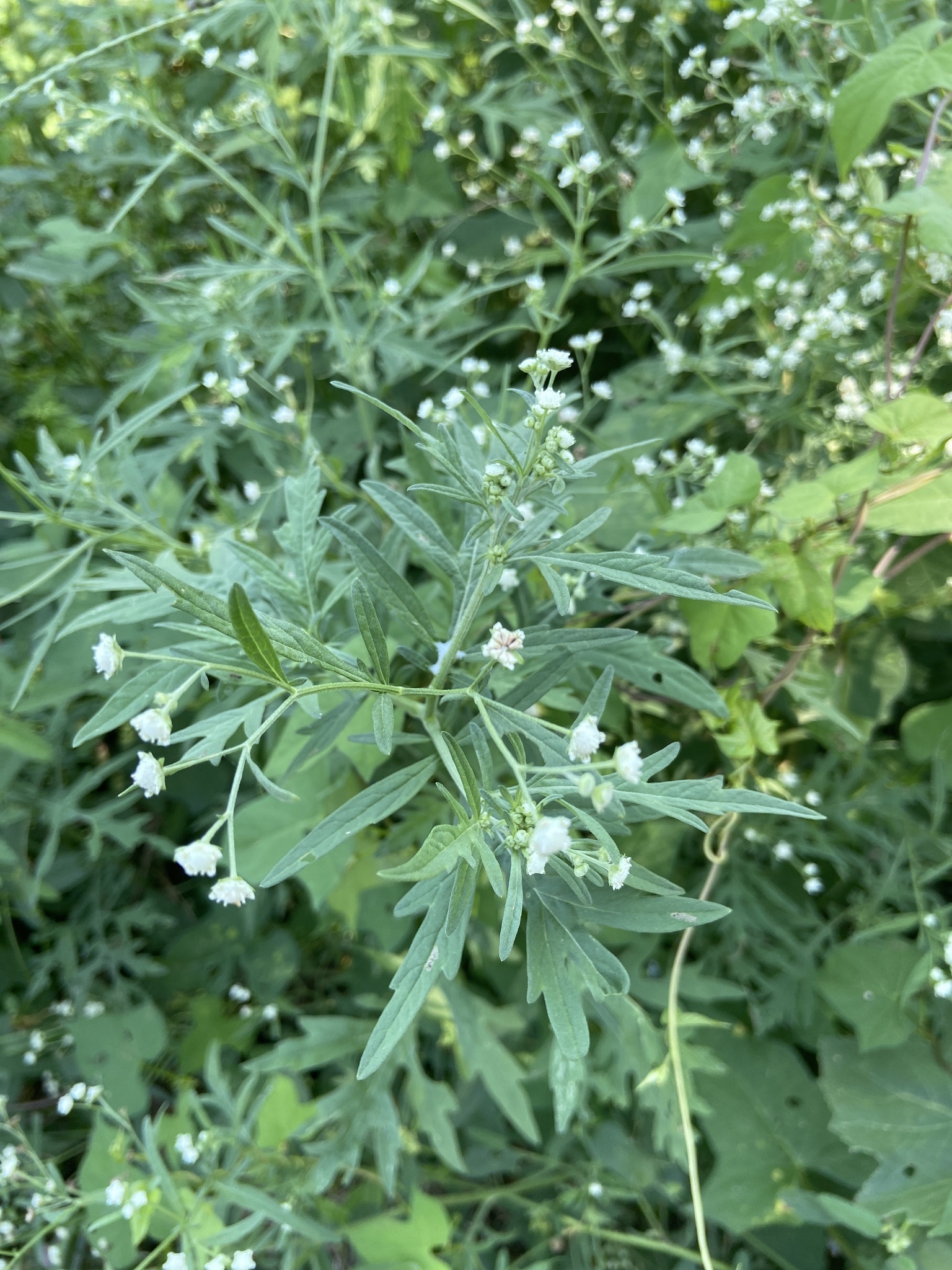
Parthenium weed is a major pasture weed in Queensland and is known to cause severe respiratory problems and allergic reactions in humans. Tracing efforts have identified three potential incursions of parthenium weed into the Snowy Monaro region in recent times from infested properties in QLD; two through suspected fodder movements and one from imported cattle. Each trace has been investigated by Council’s biosecurity team; however no plants have been identified.
Like hawkweeds, parthenium weed is Prohibited Matter in NSW. The Biosecurity Act 2015 prohibits any dealings with this weed.
Prohibited matter weeds are notifiable weeds, meaning that members of the public must report suspect sightings. Council strongly encourages members of the public to adhere to this requirement to ensure that these weeds can be nipped in the bud before they have the chance to establish.
Council can access resources to assist landowners with their eradication efforts.
Alligator weed (Alternanthera philoxeroides)
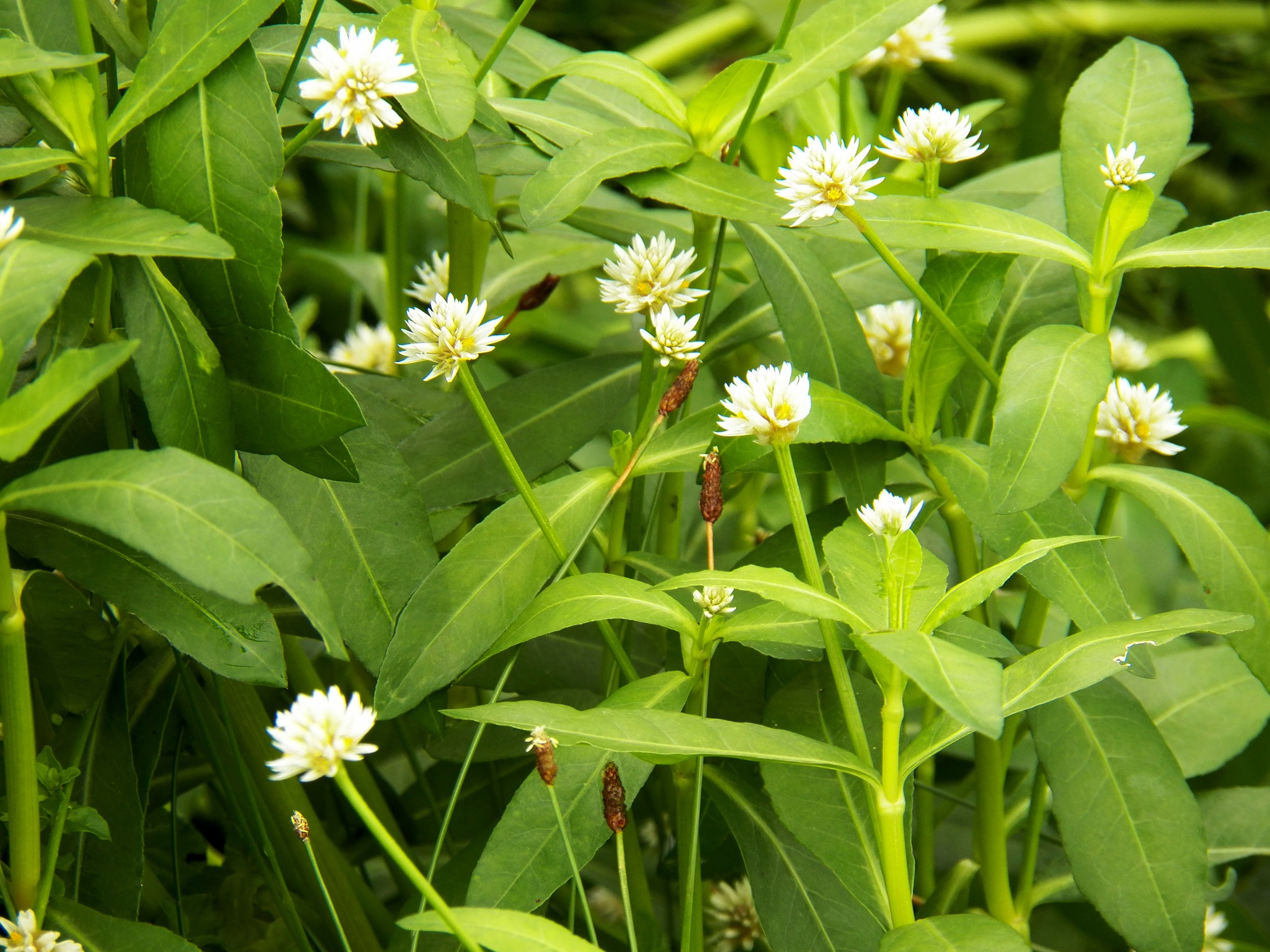
Alligator weed is a major threat to waterways and floodplains. It can blanket the surface of waterways, restrict access, damage infrastructure and impact on flora and fauna. It is considered one of the world’s worst weeds, not only because of its impact on the aquatic environment, but also because of its ability to creep out into the terrestrial environment where it has proven to contaminate grazing pastures and threaten the viability of a number of commercial industries.
Alligator weed currently occurs in a number of waterways within the Australian Capital Territory where it is managed by the ACT Parks and Conservations Service. Alligator weed reproduces vegetatively with new plants being produced from any root or stem fragment. Alligator weed readily spreads on machinery, boats and trailers, hay, turf, landscape supplies or through any other movement of soil and has a high likelihood of spreading into our region.
Tell-tale features of Alligator weed are its hollow stem, leaves in opposite pairs and small white flowers on short stalks. In tablelands situations, the plants breakdown and decay over winter and actively grow again during the summer months.
Alligator weed is managed in NSW through the imposition of a Biosecurity Zone, enabling different management responses to be adopted based on biosecurity risk. Within the Snowy Monaro region and the broader South east region of NSW, Alligator weed must be reported to the local control authority (Council) and must be eradicated from the land.
Coolatai grass (Hyparrhenia hirta)

Like African lovegrass, Coolatai grass is a tropical, perennial weed that readily invades weak pastures on light soils. In tablelands, it grows prolifically through the summer months and goes dormant over winter, leaving behind a tall thatch of highly flammable growth. Coolatai grass typically has low digestibility and protein levels, making it a bad pasture species.
Four isolated patches of Coolatai grass are known to occur along the Monaro Highway between Cooma and Michelago, where it is thought to have been introduced on slashers or vehicles. These sites are monitored and treated by Council’s biosecurity team throughout the warmer months. While the sites have been impacted by a number of natural events, including bushfires, they are not believed to have spread onto private lands.
Coolatai grass is not widespread within south east NSW, being limited mainly to isolated roadside infestations. The South East Regional Strategic Weed Management Plan 2023-27 identifies Coolatai grass as a weed which is unlikely to be eradicated from the region and is most appropriately managed through the adoption of containment strategies.
Gorse (Ulex europaeus)
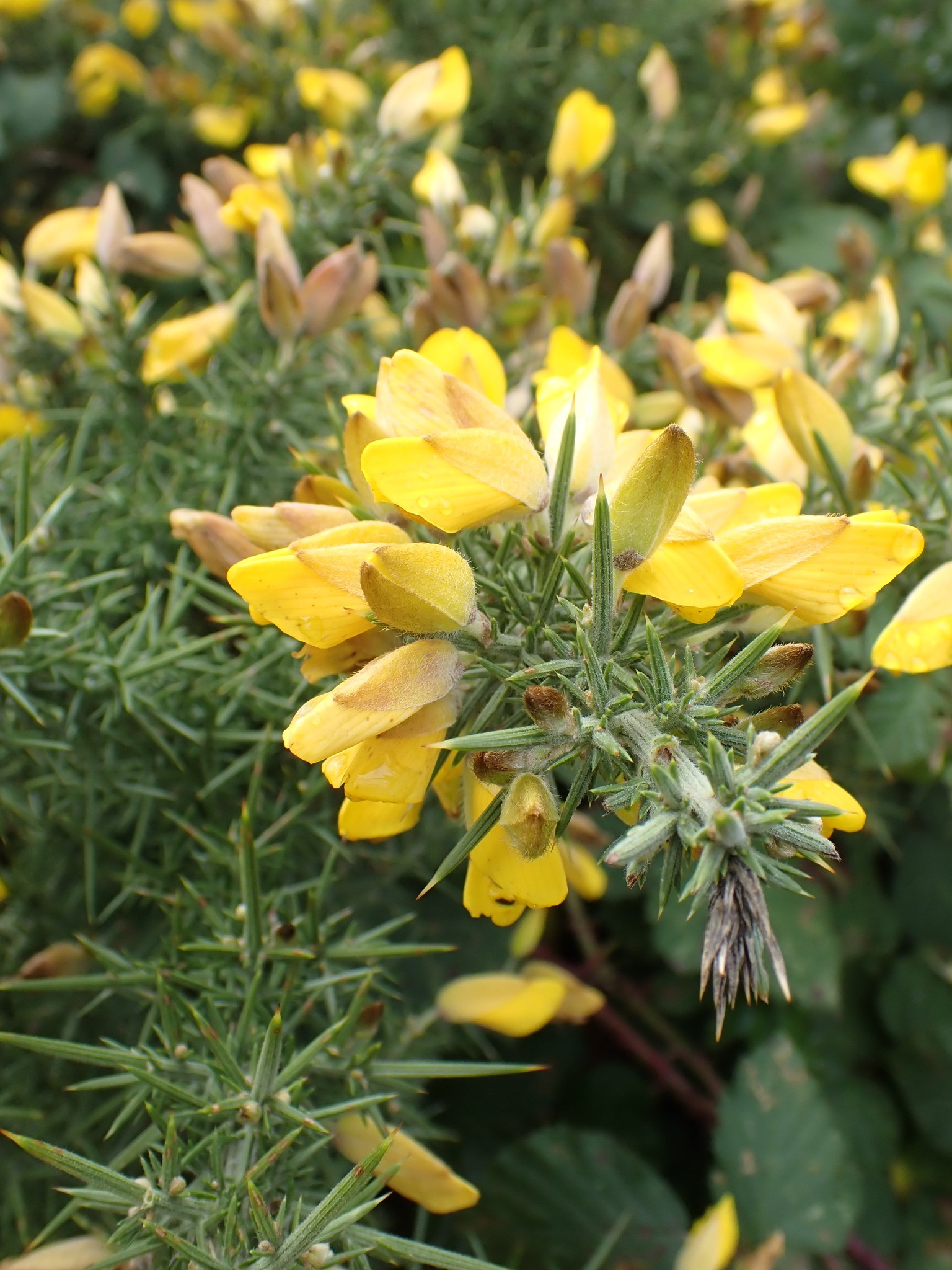
Gorse is a shrub up to 3m tall that is covered in sharp spines and forms impenetrable thickets.
Late winter is its main flowering time in the Snowy Monaro region, when it is covered in brilliant yellow flowers. Major infestations occur in the higher rainfall areas of the Blue Mountains, Tasmania, Victoria and New Zealand.
Only isolated infestations of gorse exist in the Snowy Monaro region, owing mainly to our relatively low rainfall.
Sites are therefore limited mainly to waterways where the plants can access more reliable moisture reserves.
Due to its limited distribution throughout south east NSW, gorse is classed as a priority weed as identified within the South East Regional Strategic Plan 2023-27.
Like Coolatai grass and Spanish heath, gorse is unlikely to be eradicated from the region.
Due to this unlikeliness, gorse is most appropriately managed through the adoption of containment strategies which aim to prevent further spread.
Spanish heath (Erica lusitanica)
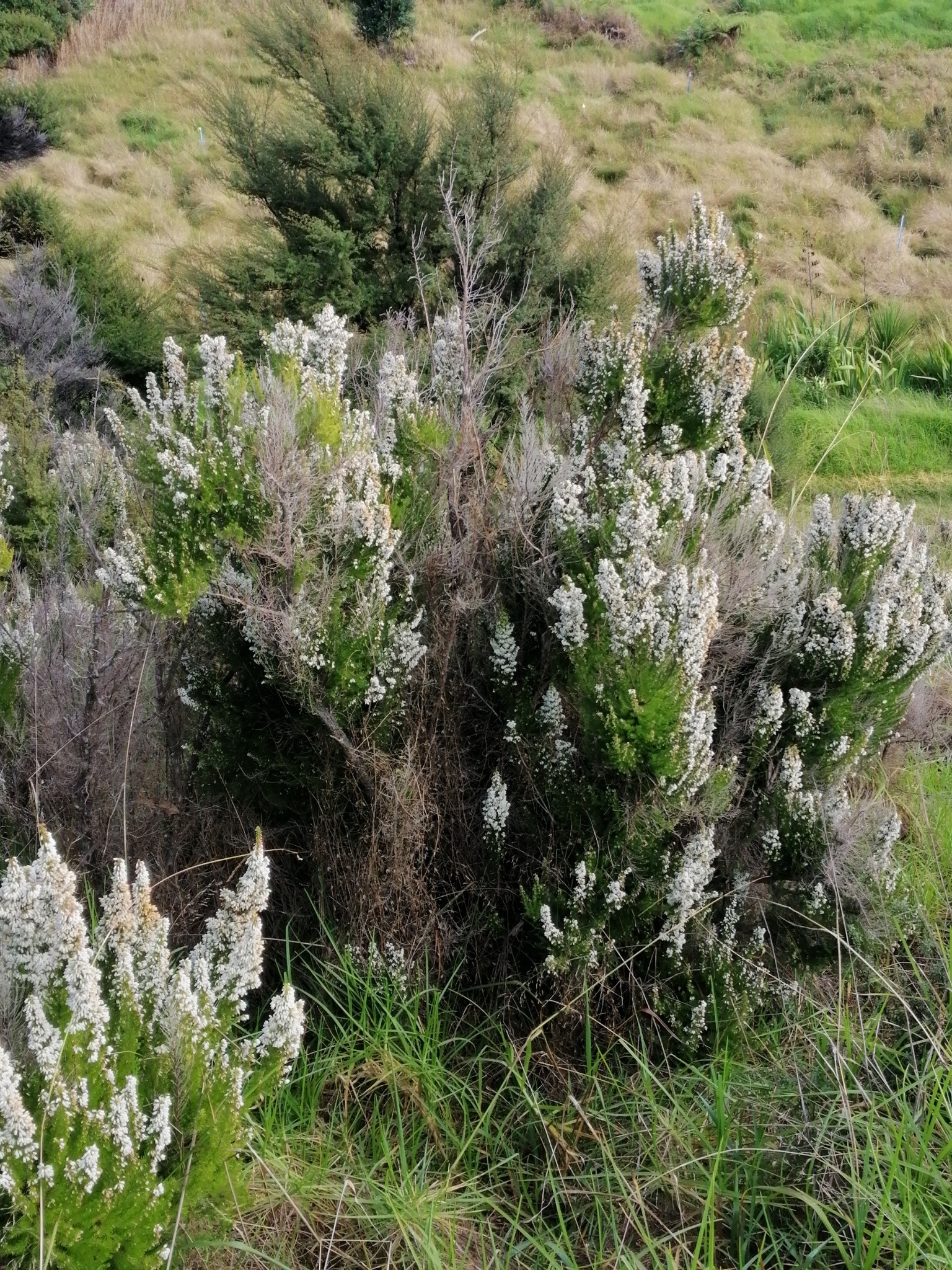
Spanish heath is an upright shrub that somewhat resembles native tea tree. It has small white or pale pink, tubular flowers and is a highly invasive weed of natural areas. A number of isolated sites are known to occur adjacent to the Monaro Highway south of Bombala. Council’s biosecurity staff monitor these sites and treat new germinations from late winter through spring to ensure that Spanish heath does not invade adjoining bushland.
Spanish heath is not widespread within south east NSW. The South East Regional Strategic Weed Management Plan 2023-27 identifies Spanish heath as a weed which is unlikely to be eradicated from the region and is most appropriately managed through the adoption of containment strategies.
For more information
Visit our website to learn more about weeds and biosecurity in the Snowy Monaro at www.snowymonaro.nsw.gov.au/Environment-Waste-and-Weeds/Biosecurity-and-Weeds
To speak with our expert biosecurity team about managing weeds on your property, please email council@snowymonaro.nsw.gov.au or call 1300 345 345 to get in touch.
Can’t identify a weed? Send in some photographs or request a free onsite inspection and one of our staff will promptly respond.
Download the free NSW WeedWise app for detailed information on how to identify and manage weeds. Visit www.dpi.nsw.gov.au/biosecurity/weeds
Visit the Department of Primary Industries (DPI) website for information on weed control methods – www.dpi.nsw.gov.au/biosecurity/weeds/weed-control